Graphic design, in itself, is quite a broad term. For one to say they are a ‘graphic designer’ today can be a very broad term, because contemporary graphic design can consist of an extensive range of areas and skills.
Naturally, as one begins their creative journey as a graphic designer and develops their career, it is common for one to become specialised in a particular area, or a few. Gaining a lot of experience in a particular area and becoming a specialist in the design industry is good because you are seen as an expert, can command higher fees, and are seen as a credible designer to offer specific creative solutions. All these reasons can instill confidence with prospective clients and employers to help you get creative work.
In this article, I am going to discuss 11 key areas of graphic design, because there are indeed a few. So, if you’re an aspiring designer, interested in graphic design and wondering where it can ultimately lead and what career options there are, then here you will learn some key areas, how they can relate to each other and where your creative career and path can lead.
So let’s get Into It!
What are the key areas of graphic design?
As a graphic designer today, there are quite a few areas of speciality, each with their own skill requirements.
The 11 key areas are as follows:
Packaging Design
Logo Identity Design
Branding
Graphic Illustration
Design Marketing
Type Design
Publication Design
Web / UI / UX Design
Motion Graphics
Surface Design
Creative Strategy
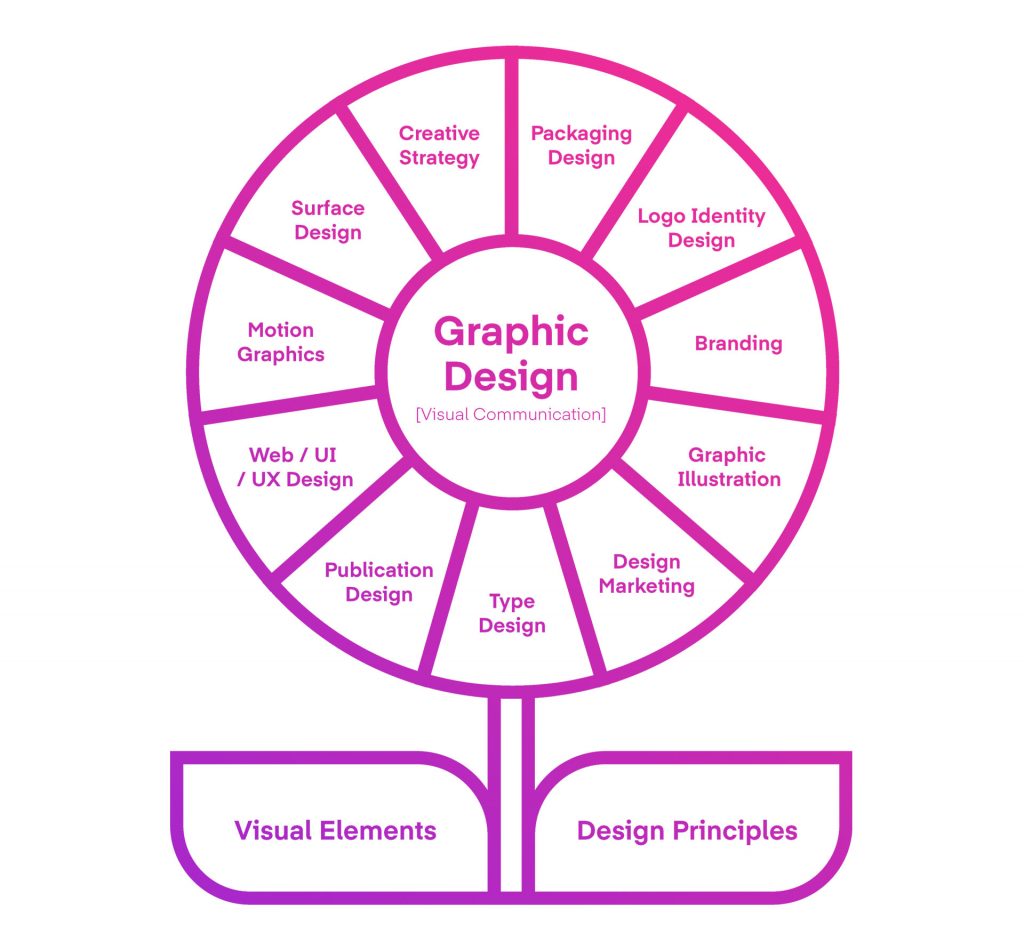
I like to think of this like a flower; at the base you have visual elements and design principles, which are the building blocks of graphic design. This leads to the centre, where we have graphic design, also referred to as visual communication, and around this you have each key area, which are like petals.
So there are a vast variety of roles one can pursue as a graphic designer.
Now, it is not expected for one to be an expert in each field. As you can see, there are a few and each has their own skill set, which can take years to master.
A young designer on a design course will be encouraged to touch upon and explore each area to practise and gain experience and understanding.
How one chooses and specialises in a chosen area can come down to several factors.
It normally comes down to a designer’s decision, preference, talent, aptitude and experience, which leads them into a key area. Typically, as a designer matures in the industry and develops experience and skill, they become a specialist and build a career around just one or a few key areas.
Generally it’s only once you have been in the industry for a few years that you will naturally gravitate to one or a few areas. Today, it is common for some designers to be highly skilled and experienced in a few, because some of these key areas go hand in hand with each other.
For example, over the past 7 years I have been doing more and more creative strategy, logo identity and branding. So, with my experience, skill, passion and body of work in this area, I now only go for jobs in these key areas. My skill set resides in these three key areas which compliment each other.
Let’s take a look at each key area in a bit more detail and see how they can relate to each other.

1 – Packaging Design
Packaging design focuses on the dynamics of containing and presenting products. When designing for packaging, you will be thinking more in 3D to consider how design can be applied to form, structure, and function considering tactile materials.
Particular skills required:
- Thinking in 3D
- Understanding materials
- Understanding print standards
- Paper engineering
- 3D programs
- Design for print
- Surface design
- Creative software tools
- Presenting
If you love working in 3D and like pursuing solutions for more print and tactile design, then you may want to focus on a career based in packaging design.
Complementary areas of expertise include:
- Branding
- Surface Design
- Creative Strategy
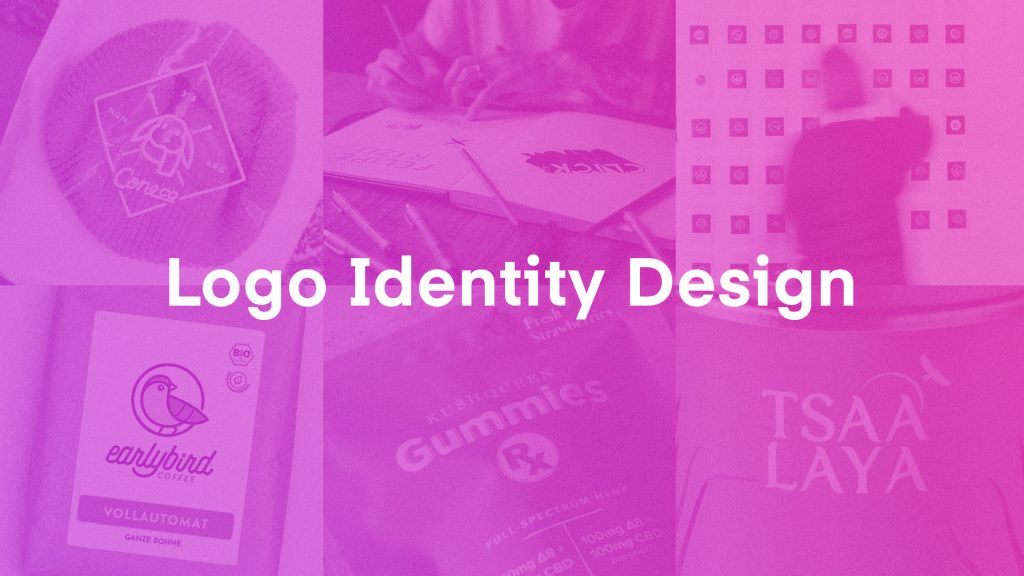
2 – Logo Identity Design
Logo identity focuses on how to represent a company, business or product in the simplest way visually. When designing logos, you will be problem solving how a company, business or product can be represented in a single icon, or typically accompanied with type, to stand out from the competition.
As simple as they may seem, a lot of work goes into designing logos. Today, it is not uncommon for some designers to only create logo design.
Particular skills required:
- Research & discovery
- Conceptual thinking
- Generating ideas
- Sketching & drawing
- Creative software skills
- Typography
- Colour theory
- Presenting
If you love the challenge of representing a company, business or product in the simplest visual way then you may want to focus on a career in logo design.
Complementary areas of expertise include:
- Creative Strategy
- Graphic Illustration
- Type design
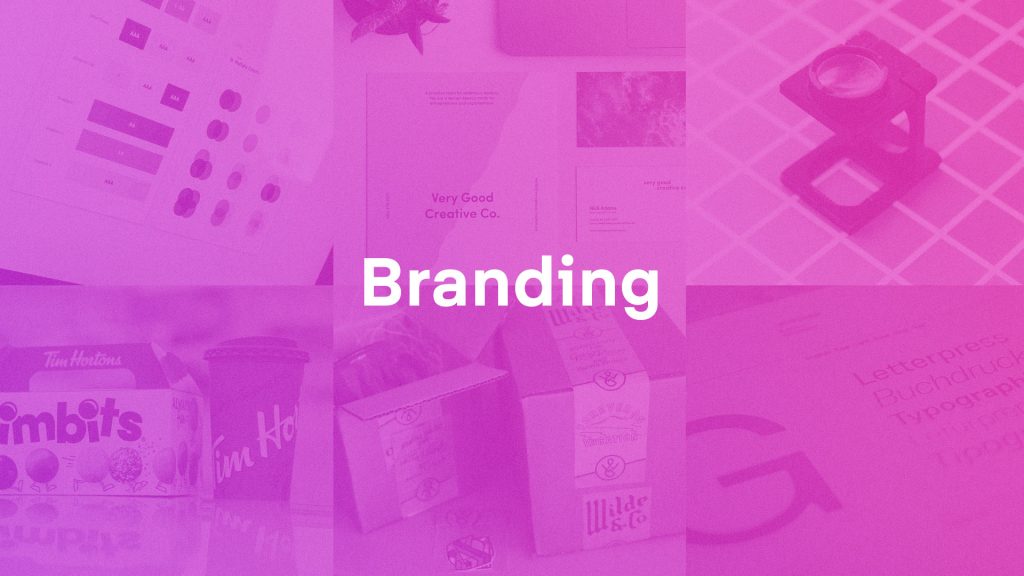
3 – Branding
Like logo design, branding focuses on how a company, business or product is presented visually. However, unlike logo identity that focuses on a small creative aspect, branding looks to develop a much wider visual identity, which can cover many touchpoints.
When designing for branding, you will be problem solving how visual elements can be used to communicate clear values, build visual personas and distinguish one from the competition.
For branding, one may focus on creating design for corporate or boutique businesses, property marketing, events & festivals, stationery, merchandise, or packaging.
Particular skills required:
- Research & discovery
- Conceptual thinking
- Generating ideas
- Creative software
- Colour theory
- Typography
- Creative layout
- Presenting
If you love the challenge of building visual personas to define distinct personalities and brands, then you may want to focus on a career in branding.
Complementary areas of expertise include:
- Logo Identity
- Creative Strategy
- Surface Design
- Type Design
- Packaging Design
- Graphic Illustration
- Publication Design
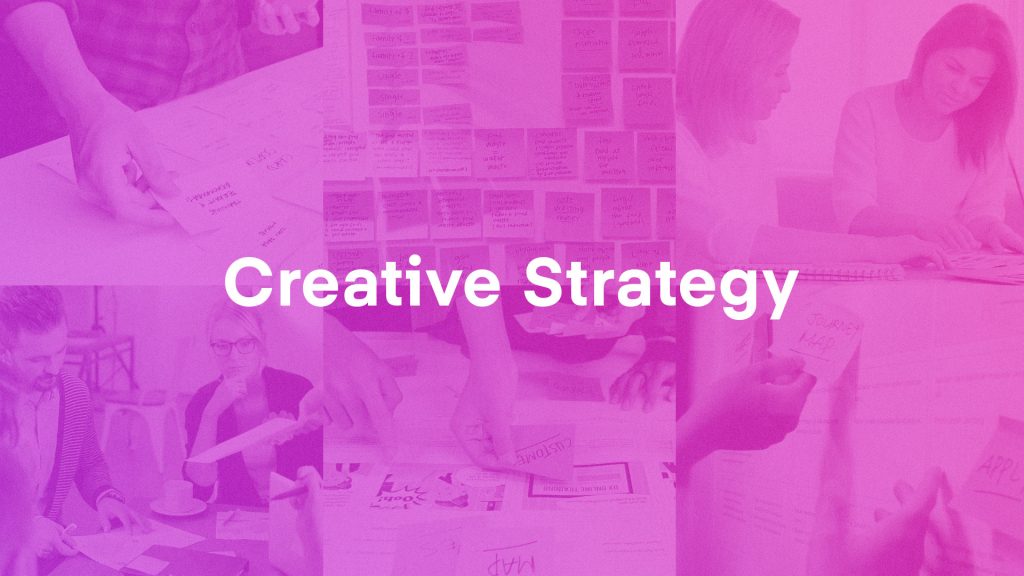
4 – Graphic Illustration
Now, illustration in the traditional sense is a completely different creative discipline when applied to animation, story books and graphic novels. These are not associated with graphic design, but more so to the creative arts.
When it comes to graphic design, illustration can be incorporated in a more simple, graphic way to enhance visual communication.
For graphic illustration, one may focus on creating icons for brands, artwork for infographics, hand lettering or custom typography, motifs for pattern and texture, or artwork for posters, t-shirts or merchandise. All of which, can be used in broader design.
Particular skills required:
- Research & discovery
- Conceptual thinking
- Sketching & drawing
- Creative software tools
If you like getting hands on with visual elements, enjoy illustration and crafting bespoke graphic artwork, you may want to focus on a career based on graphic illustration.
Complementary areas of expertise include:
- Logo Identity
- Surface Design
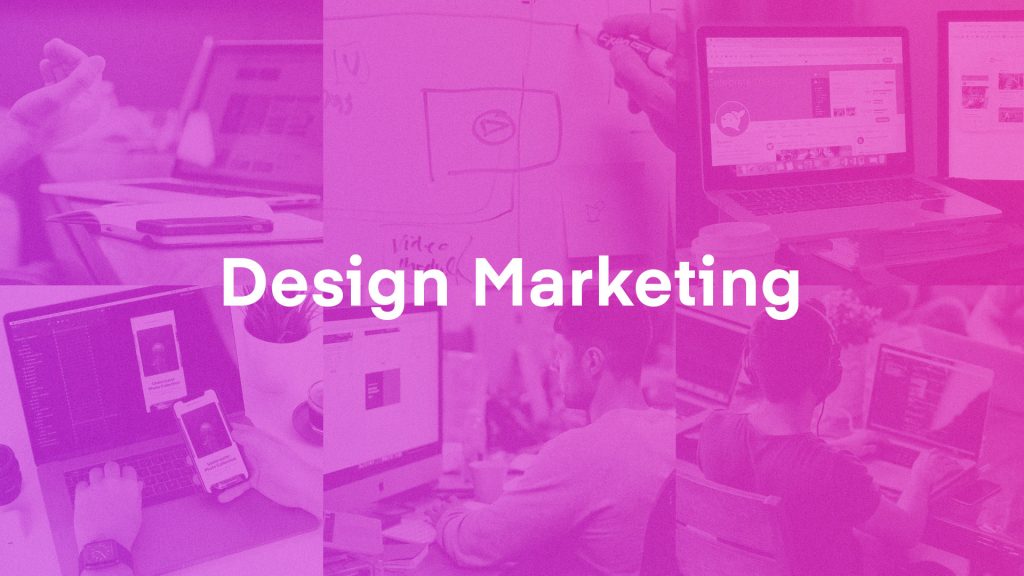
5 – Design Marketing
An emerging role that is becoming more specialised in the field of graphic design is design for marketing, which can also be referred to as social media design.
Design marketing focuses on strategic communication for advertising or promotion and is heavily applied on digital platforms like social media.
When designing for marketing you will be thinking more about pure communication, audience, message and the dynamics of the digital platforms where design is applied.
A design marketer may focus on creativing design for social media, advertisements, or even augmented reality.
Particular skills required:
- Conceptual thinking
- Generating ideas
- Creative layout
- Creative software
If you love coming up with design solutions to promote products or companies, specifically on social platforms, you may want to focus on a career based in design marketing.
Complementary areas of expertise include:
- Branding
- Creative Strategy
- Motion Graphics
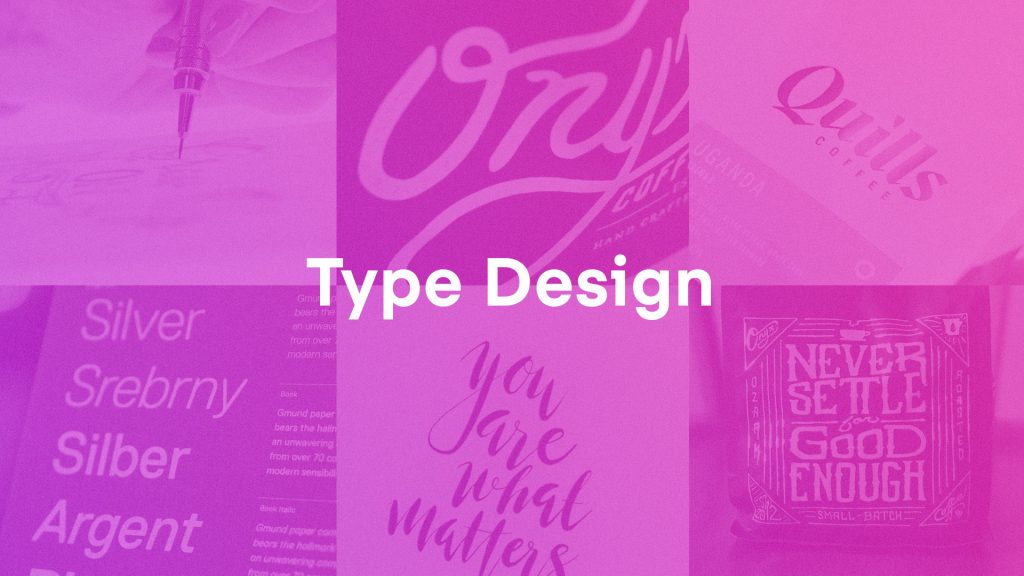
6 – Type Design
Type design focuses on creating new typefaces and fonts or creating custom type compositions.
A type designer may focus on creating custom typefaces, hand lettering or sign lettering, all of which can be used in broader design.
Particular skills required:
- Typography
- Sketching & drawing
- Creative software tools
If you love typography and like the idea of crafting your own typefaces or creating custom hand lettering, you may want to focus on a career based on type design.
Complementary areas of expertise include:
- Graphic Illustration
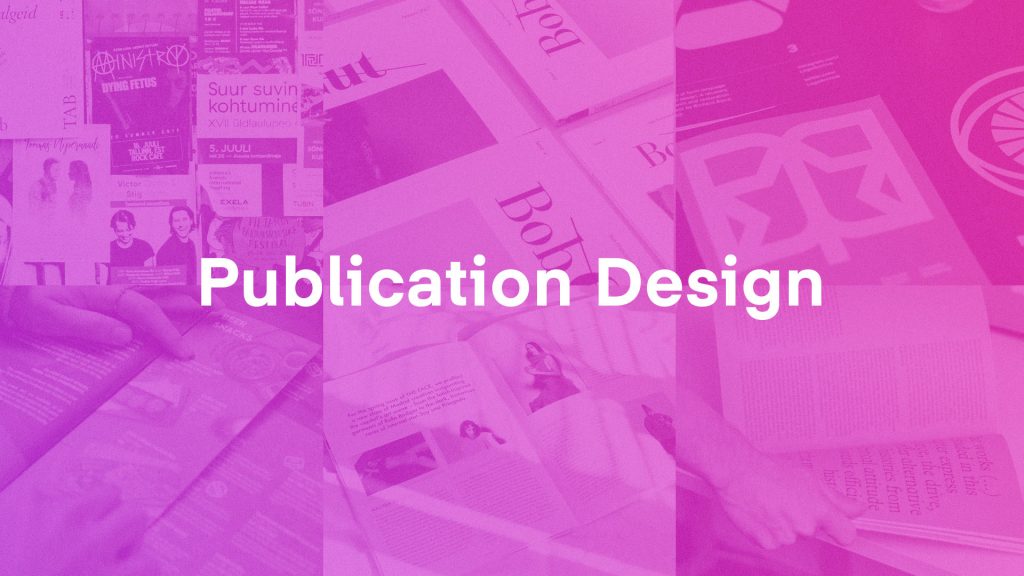
7 – Publication Design
Publication design is one of the more traditional areas of graphic design and focuses on design for presentation across both print and digital.
A publication designer may focus on design for print, creating magazine covers and layouts, leaflets and flyers, newspaper layouts or book covers. They may also focus on creating design for stationery, brochures, directories, manuals or catalogues. In contrast, when focusing more on design for digital, one may be creating design for social media or Powerpoint or Keynote presentations.
Particular skills required:
- Typography
- Creative software tools
- Presentation skills
- Creative layout
If you love working with type, typesetting, and creating informative presentations for both print and digital, then you may want to focus on a career in publication design.
Complementary areas of expertise include:
- Type Design
- Motion Graphics
- Branding
- Design Marketing

8 – Web / UI / UX Design
A huge area that is becoming more prominent in the field of graphic design is design for web / UI & UX. This area focuses on communication, presentation and user experience, both online and offline.
Now, I don’t want to confuse this with web development. Web development is more about coding and the ‘back end’. From a graphic design perspective, one will typically only concern themself with the ‘front end’, which is the visual appearance, design and experience.
As a web / UI & UX designer one may focus on design for websites, apps, game UI, exhibits, interactive media and augmented reality.
Particular skills required:
- Wireframing
- User journey
- User experience
- Interface design
- Creative software tools
- Creative layout
If you love creating digital work and crafting bespoke and interesting digital experiences, then you may consider focusing on a career in web, UX and UI design.
Complementary areas of expertise include:
- Publication Design
- Creative Strategy
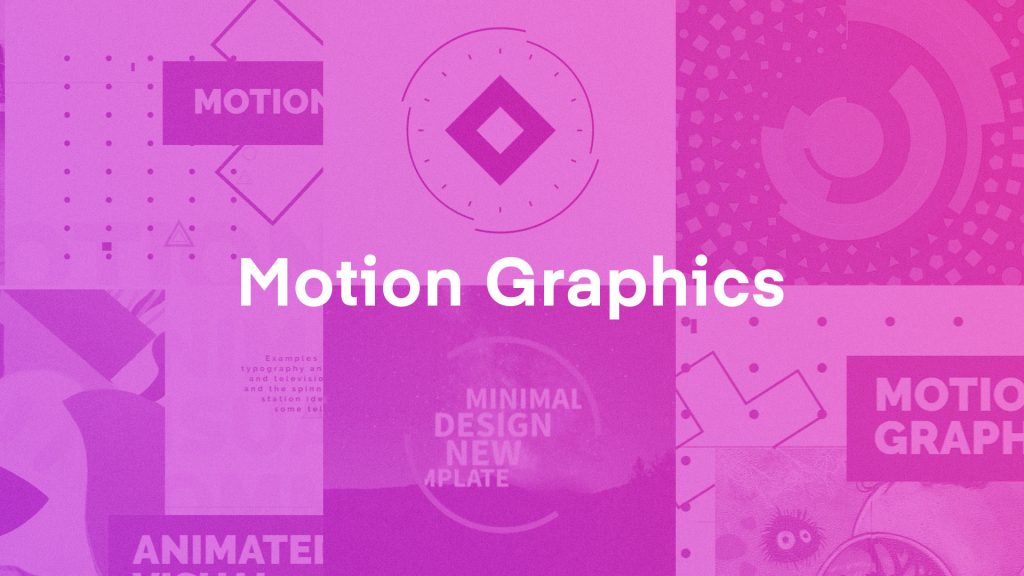
9 – Motion Graphics
Animation in the traditional sense is a completely different creative discipline when applied to, say, motion pictures, character and environmental design. These are not associated with graphic design, but more so to creative art and film.
When it comes to graphic design, motion graphics can be incorporated in a more subtle way to enhance and add dynamic to visual communication.
As a motion graphics designer one may focus on design for animated infographics, typography, gifs, logo sequences or social media posts, TV advertisements, or video presentations, effects and transitions.
Particular skills required:
- Editing
- Audio mixing
- Creative software tools
- 3D modeling
- Presenting
If you love the idea of taking your 2D design and bringing it to life in a dynamic way on screen, then you may want to focus on a career in motion graphics.
Complementary areas of expertise include:
- Publication Design
- Graphic Illustration

10 – Surface Design
Surface design is the practise and focus of creating artwork specifically to be used as decoration, either alone or with other visual elements. The aim is to create a distinct tone and appearance, which can consist of patterns or textures. Such patterns and textures are then used to enhance the visual aesthetic or function of a design piece.
A surface designer may focus on design for branding, packaging, wallpaper, textile and fabrics. Again, all of these areas can be used and applied in broader design.
Particular skills required:
- Research & discovery
- Conceptual thinking
- Sketching & drawing
- Creative software tools
- Creative layout
If you like getting hands on with visual elements, enjoy illustration and crafting bespoke artwork for patterns and textures, you may want to focus on a career based on surface design.
Complementary areas of expertise include:
- Graphic Illustration
- Branding
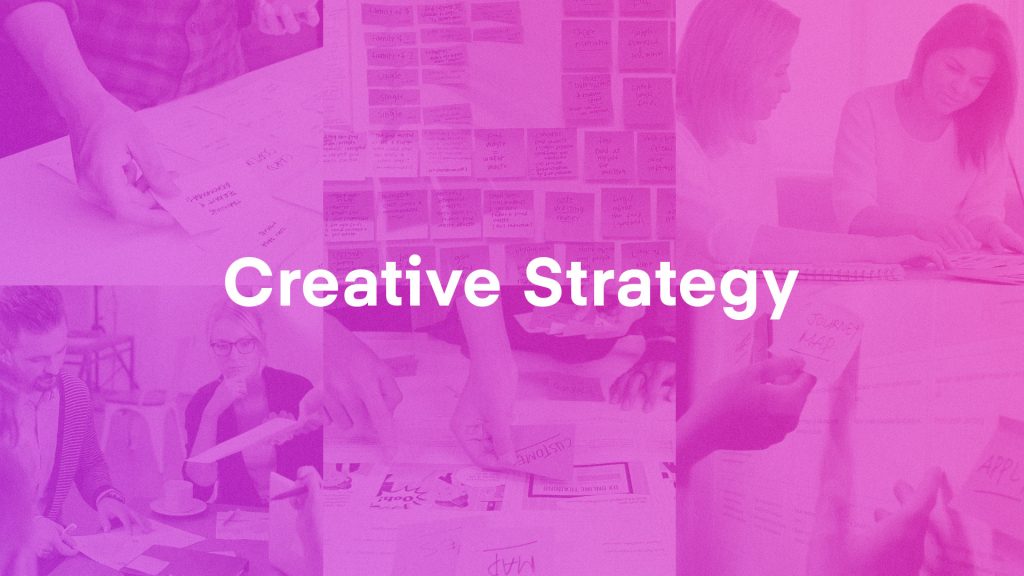
11 – Creative Strategy
Today, we are starting to see the emergence of more ‘creative strategy’ based roles, where people will exclusively offer creative advice and consultation.
Creative strategy can be particularly valuable if a client requires a lot of help and guidance. They most likely won’t have a design brief and will want help discovering what they are about and what would work best for them and their brand.
Brand strategy, for example, is a role becoming more clear and prominent today. Brand strategy will not be thinking about the creative solution or design initially, but rather focuses on what the client needs to do creatively in order to be successful.
Creative strategy focuses more on discovering the creative potential of something first, in preparation to inform and drive better design and creative solutions later. This can take the form of workshops and group sessions, where discussion can be had to discover and reveal such information.
The purpose here is to gain a deeper understanding of the client and their goals, in order to better identify any unique qualities, stories, insights and unique needs. This can really help clients understand exactly what they need and what they should do creatively.
This process can ultimately result in a thorough design brief, which can then be passed over to design teams to initiate and focus on the design process.
Particular skills required:
- Asking questions
- Strategic thinking
- Communication
- Guidance
- Consultation
- Brief making
If you love identifying creative potential and helping clients overcome creative challenges, then you may want to focus on a career based on creative strategy.
Complementary areas of expertise include:
- Branding
So, those are some of the key areas of graphic design one can find themselves specialising in as one matures in the industry.
So what are your key areas of specialisation? Which area do you work in? Do you specialise in one or do you work across a few? If you’re new to design, which area do you think you would most like to specialise in? Do you think I missed any areas of graphic design?
Let me know in the comments section below!



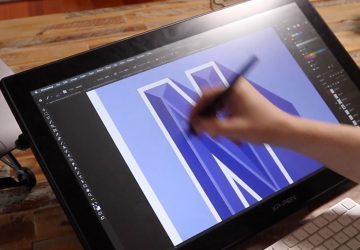


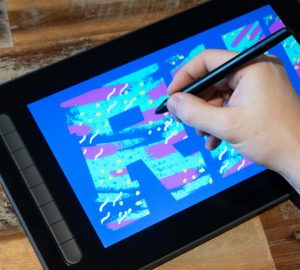
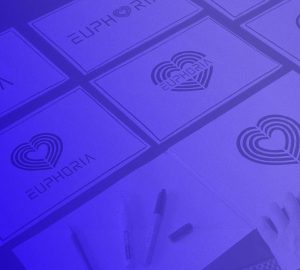

Your work is really appreciating, every point is clearly explained about graphic design. It will help me a lot. Thankyou so much to share this wonderful blog.
Thank you for this informative article! This is really helpful, especially for someone who is just new to graphic design. I love how you explained everything in a way that is easy to understand. Any recommendations on the best graphic design software for beginners?